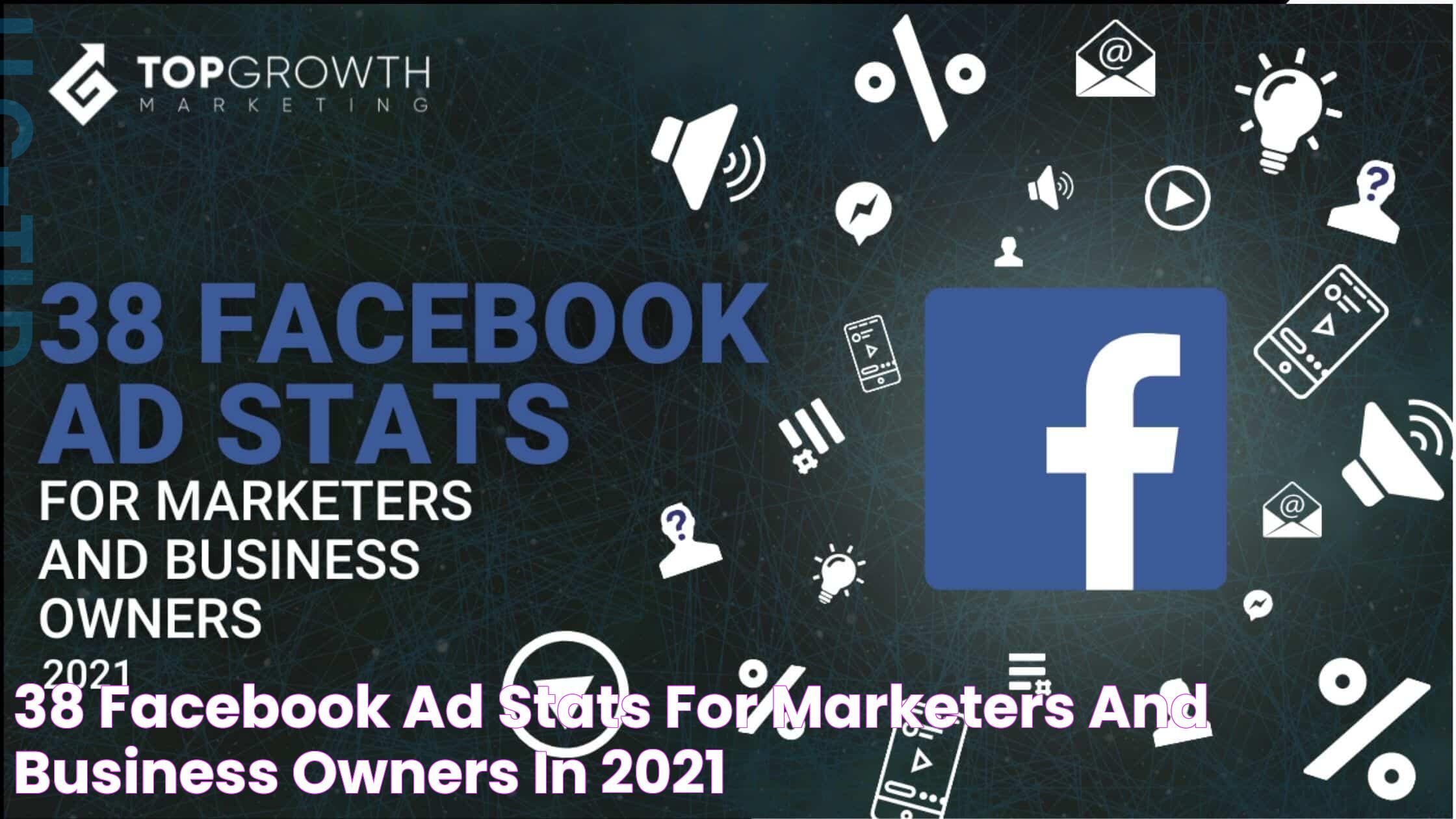Ad Stats: The Ultimate Guide To Advertising Statistics And Trends

Advertising statistics, commonly referred to as ad stats, are at the core of modern marketing strategies, providing businesses with invaluable insights to measure the success of their campaigns. With the digital advertising landscape evolving at breakneck speed, these statistics have become instrumental for marketers to gauge performance and identify emerging trends. Whether it's click-through rates (CTR), impressions, or conversion rates, ad stats offer a window into how audiences interact with brands and their messaging. As competition continues to grow, leveraging these metrics is no longer optional—it's essential for staying ahead in the game.
Today, ad stats are more than just numbers—they are a roadmap for decision-making. Marketers use these insights to optimize ad spend, understand audience behavior, and fine-tune their campaigns for maximum return on investment (ROI). From social media platforms to search engines, every advertising channel generates its unique set of metrics, making it critical for businesses to understand how to interpret and apply them effectively. With the right data in hand, companies can make informed decisions that drive measurable results.
In this comprehensive guide, we'll delve deep into the world of ad stats, breaking down the key metrics that matter, exploring industry trends, and answering pressing questions about advertising. Whether you're a seasoned marketer or a business owner looking to increase your ad campaign's ROI, this guide will equip you with the knowledge to navigate the ever-changing landscape of advertising statistics.
Read also:Winning Big With New York Lotto Everything You Need To Know
Table of Contents
- What Are Ad Stats?
- Why Are Ad Stats Important?
- Key Metrics in Ad Stats
- How Do Ad Stats Impact Businesses?
- What Are Common Mistakes with Ad Stats?
- Ad Stats and ROI
- The Role of Ad Stats in Digital Marketing
- What Are the Best Tools for Tracking Ad Stats?
- Social Media and Ad Stats
- Ad Stats Trends to Watch in 2024
- FAQ About Ad Stats
- Conclusion
What Are Ad Stats?
Ad stats, short for advertising statistics, are the numerical data and metrics used to measure the effectiveness of marketing campaigns. These statistics can range from basic metrics like clicks and impressions to more complex ones like cost-per-click (CPC) and conversion rates.
Ad stats are derived from various advertising platforms, including Google Ads, Facebook Ads, and programmatic advertising networks. They provide insights into how well your campaigns are resonating with your target audience.
Why Are Ad Stats Important?
Ad stats help marketers understand campaign performance by providing actionable data. Businesses can adjust their strategies based on this data to ensure better results and higher ROI.
How Do Ad Stats Impact Businesses?
Ad stats help businesses determine the success of advertising campaigns, enabling them to allocate budgets efficiently and focus on high-performing channels.
What Are Common Mistakes with Ad Stats?
One common mistake is misinterpreting the data or focusing on vanity metrics like impressions without considering conversions.
Key Metrics in Ad Stats
Understanding the key metrics in ad stats is crucial for any marketer. Below, we break down the most important ones:
Read also:Jalen Suggs Stats A Deep Dive Into The Rising Stars Career And Achievements
Click-Through Rate (CTR)
CTR measures the percentage of people who clicked on your ad after seeing it. It’s calculated as: (Clicks / Impressions) x 100.
Conversion Rates
Conversion rate is the percentage of users who took a desired action, such as making a purchase or signing up for a newsletter.
Impressions and Reach
Impressions count how many times your ad was displayed, while reach measures the number of unique users who saw your ad.
Ad Stats and ROI
Ad stats play a significant role in measuring ROI. Metrics like cost-per-conversion and revenue generated from ads help businesses understand profitability.
The Role of Ad Stats in Digital Marketing
In digital marketing, ad stats are the backbone of campaign optimization. They allow marketers to test different strategies and pinpoint what works best.
What Are the Best Tools for Tracking Ad Stats?
Several tools are available for tracking ad stats, including:
- Google Analytics
- Facebook Ads Manager
- SEMRush
Social Media and Ad Stats
Social media platforms provide a treasure trove of ad stats, from engagement rates to audience demographics.
Ad Stats Trends to Watch in 2024
Emerging trends in ad stats include the use of AI for predictive analytics and the increasing importance of video ad metrics.
FAQ About Ad Stats
What are the most important ad stats?
CTR, conversion rates, and ROI are some of the most important ad stats.
How do I improve my ad stats?
Focus on optimizing your campaigns, testing different creatives, and analyzing the data.
Can ad stats predict success?
While they can't predict the future, ad stats can provide insights that guide successful strategies.
How often should I check my ad stats?
It’s advisable to monitor ad stats weekly to ensure your campaigns are on track.
Are ad stats the same across all platforms?
No, different platforms use different metrics and algorithms.
What’s the role of AI in ad stats?
AI helps analyze large datasets and provides predictive insights, making it easier to optimize campaigns.
Conclusion
Ad stats are indispensable for any successful advertising campaign. By understanding and leveraging these metrics, marketers can create data-driven strategies that yield tangible results. As the advertising world continues to evolve, staying informed about the latest trends and tools in ad stats will be crucial for maintaining a competitive edge.
Article Recommendations

